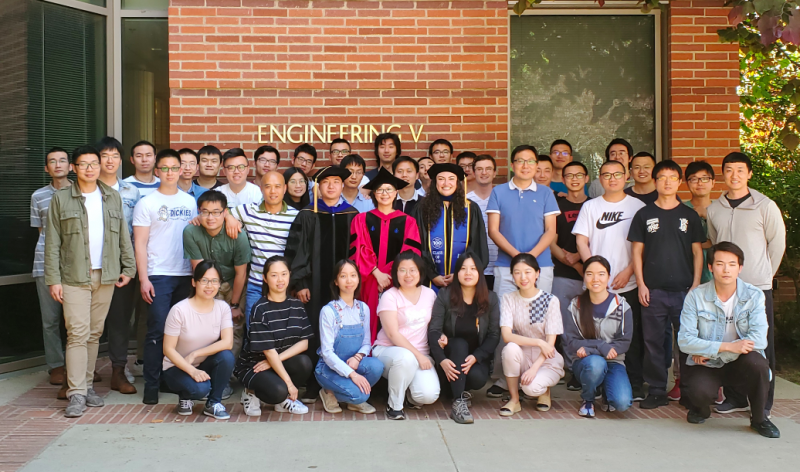Welcome to the Duan Lab webpage!
News:
Selected Publications:
- Reorganizing the Pt Surface Water Structure for Highly Efficient Alkaline Hydrogen Oxidation Reaction
Journal of the American Chemical Society 147, (2025) - Pt catalyst protected by graphene nanopockets enables lifetimes of over 200,000 h for heavy-duty fuel cell applications
Nature nanotechnology (2025) [doi] - Interlayer reconstruction phase transition in van der Waals materials
Nature materials 24, 369-376 (2025) [doi] - Broadband nonlinear modulation of incoherent light using a transparent optoelectronic neuron array
Nature communications 15, (2024) [doi]
UCLA, Department of Chemistry and Biochemistry
607 Charles E. Young Drive East, Box 951569
Los Angeles, CA 90095-1569
E-mail: xduan@chem.ucla.edu
607 Charles E. Young Drive East, Box 951569
Los Angeles, CA 90095-1569
E-mail: xduan@chem.ucla.edu












